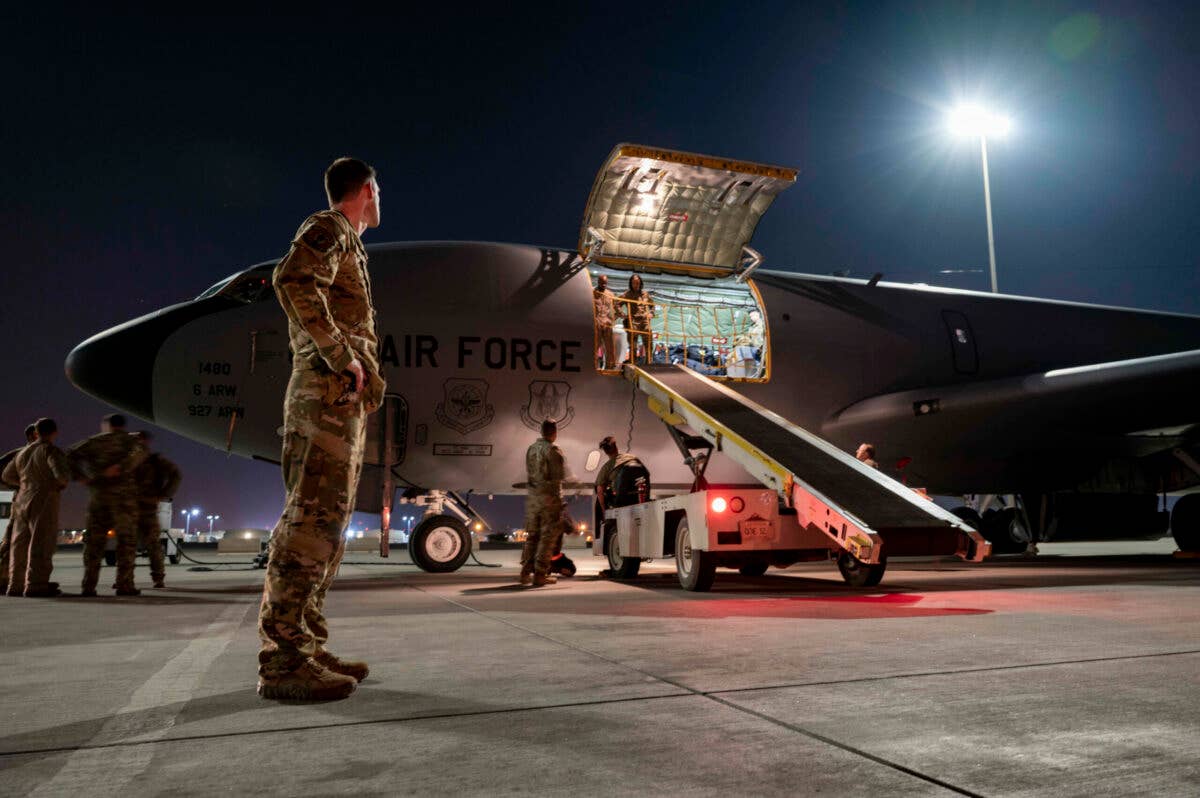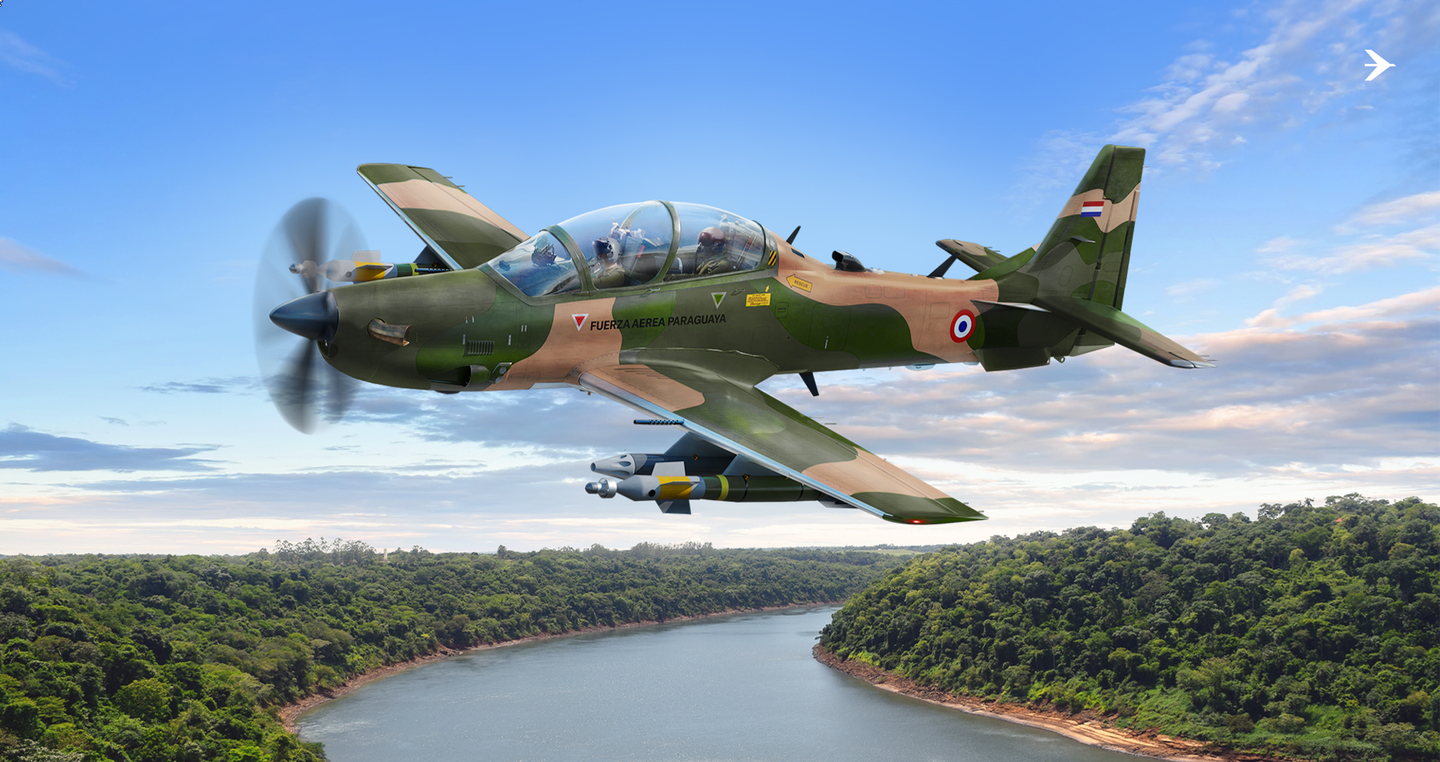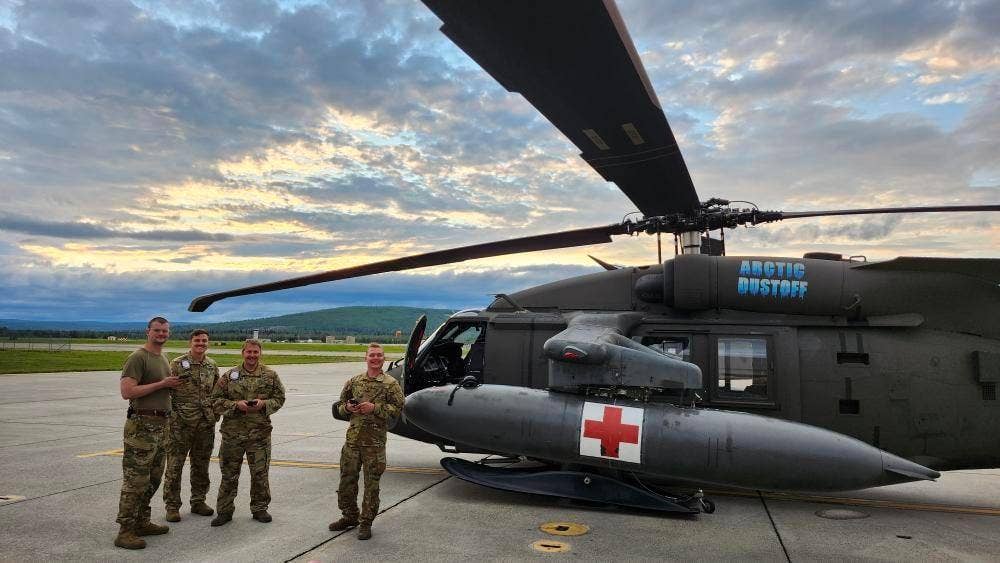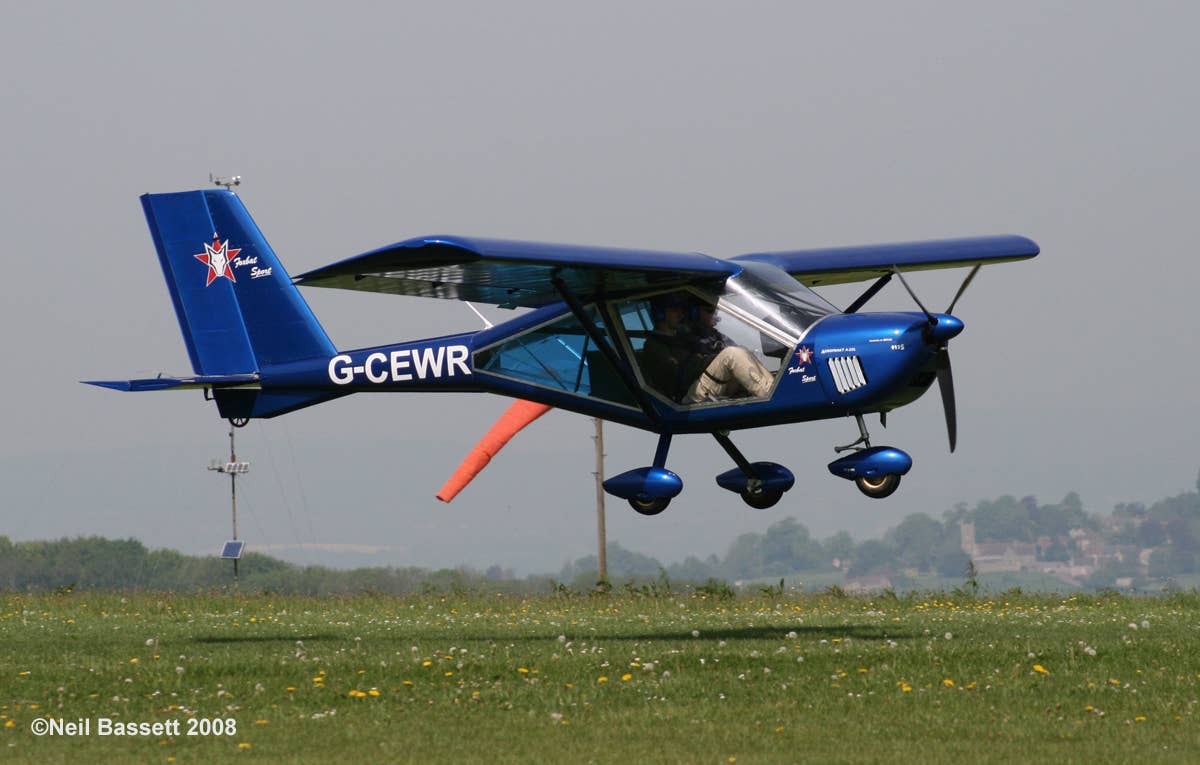F-16s, KC-135 Aerial Refuelers Arrive at CENTCOM
Six fighter squadrons have deployed to the Middle East since October 7 as part of U.S. deterrence efforts in the region.

U.S. Air Force Lieutenant Colonel Chris Knaute, a deployed air refueling squadron commander, prepares to unload cargo from a KC-135 Stratotanker assigned to Fairchild Air Force Base, Washington, after its arrival at an undisclosed location within the U.S. Central Command area of responsibility on October 23, 2023. [Courtesy: U.S. Air Force]
Additional Air Force F-16s and aerial refuelers landed in the Middle East on Wednesday as the U.S. continues to bolster forces in the region.
"It is our aim to avoid any regional expansion of Israel's conflict with Hamas,” Pentagon spokesperson Brigadier General Pat Ryder said. “But we stand ready and prepare to protect our partners and our interests and will act to do so. [The U.S. will also] take all necessary measures to defend our troops and our interest overseas."
F-16s assigned to the New Jersey Air National Guard's 119th Expeditionary Fighter Squadron arrived in the U.S. Central Command (CENTCOM) area of responsibility (AOR) on Wednesday, the 9th Air Force (Air Forces Central) confirmed.
The F-16 squadron joins two additional F-16 squadrons, two A-10 Thunderbolt II squadrons, and one F-15E Strike Eagle squadron, in addition to strategic airlift, aerial refueling, and intelligence, surveillance and reconnaissance platforms (ISR), according to the command.
CENTCOM also confirmed Wednesday morning that KC-135 Stratotankers from an aerial refueling squadron based at Fairchild Air Force Base, Washington, had also arrived at an undisclosed location within its AOR. The CENTCOM AOR spans more than 4 million square miles, stretching from Egypt to Kazakhstan.
“The arrival of these airmen strengthens our ability to support our allied, coalition, and regional partners as we work together to enhance regional stability and security,” said Lieutenant General Alexus Grynkewich, 9th Air Force and Combined Forces Air Component Command commander.
Over the weekend, Defense Secretary Lloyd Austin directed troops be placed on prepare-to-deploy orders, redirected the USS Dwight D. Eisenhower Carrier Strike Group, and ordered the deployment of a Terminal High Altitude Area Defense (THAAD) Battery antiballistic missile defense system, as well as additional Patriot battalions.
- READ MORE: U.S. Military Banks on Deterrence
According to the Defense Department, U.S. and coalition forces were attacked at least 10 separate times in Iraq and three separate times in Syria by a mix of one-way attack drones and rockets from October 17-24.
"What we are seeing is the prospect for more significant escalation against U.S. forces and personnel across the region in the very near-term coming from Iranian proxy forces and ultimately from Iran," Ryder said. "So by virtue of our announcement over the weekend, we are preparing for this escalation, both in terms of defending our forces and responding decisively."

Subscribe to Our Newsletter
Get the latest FLYING stories delivered directly to your inbox






